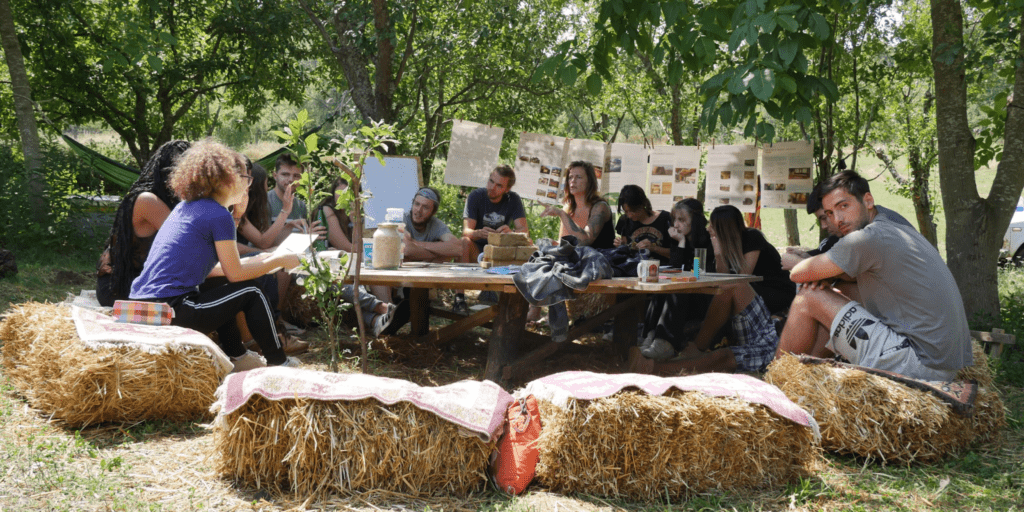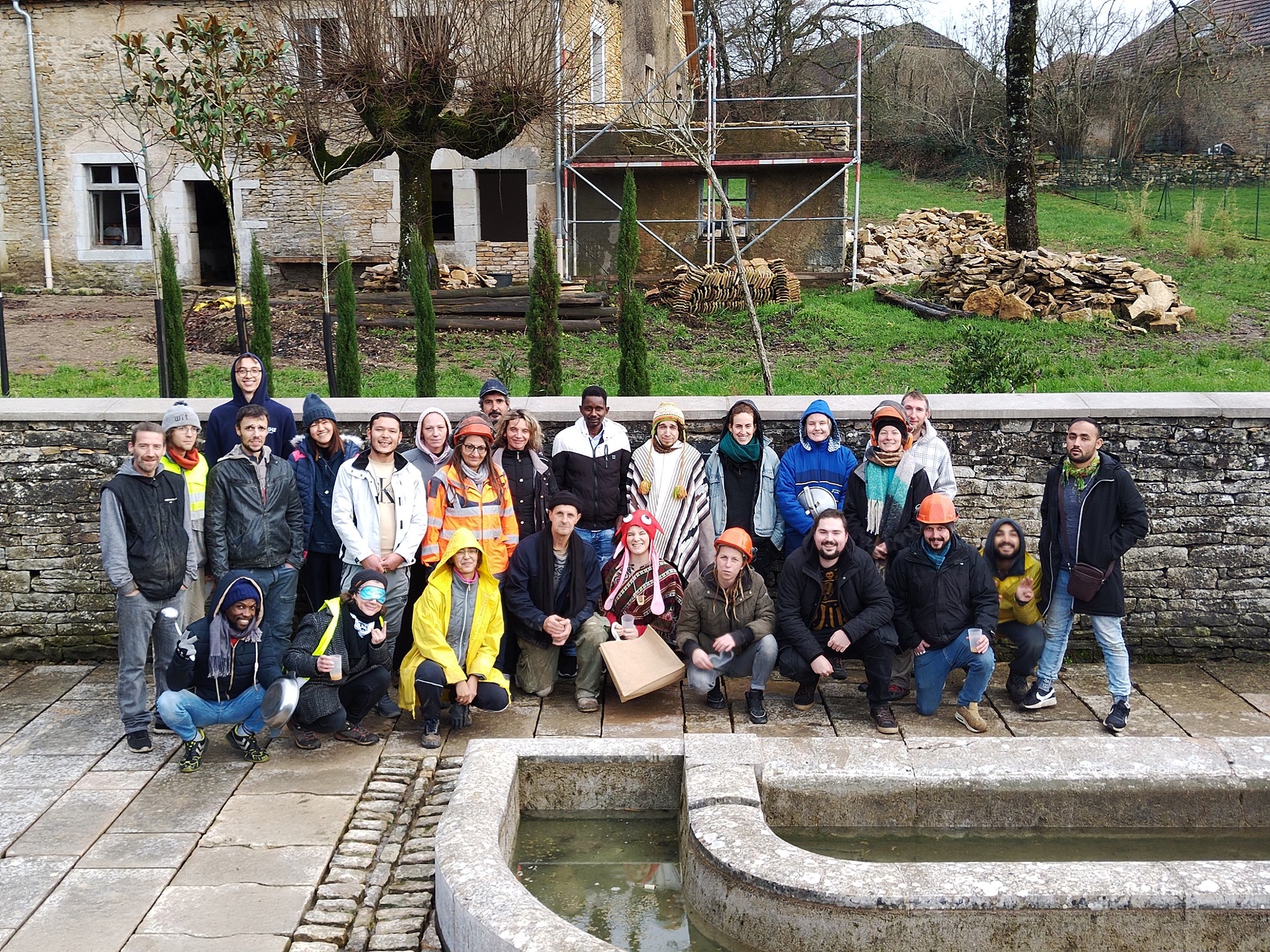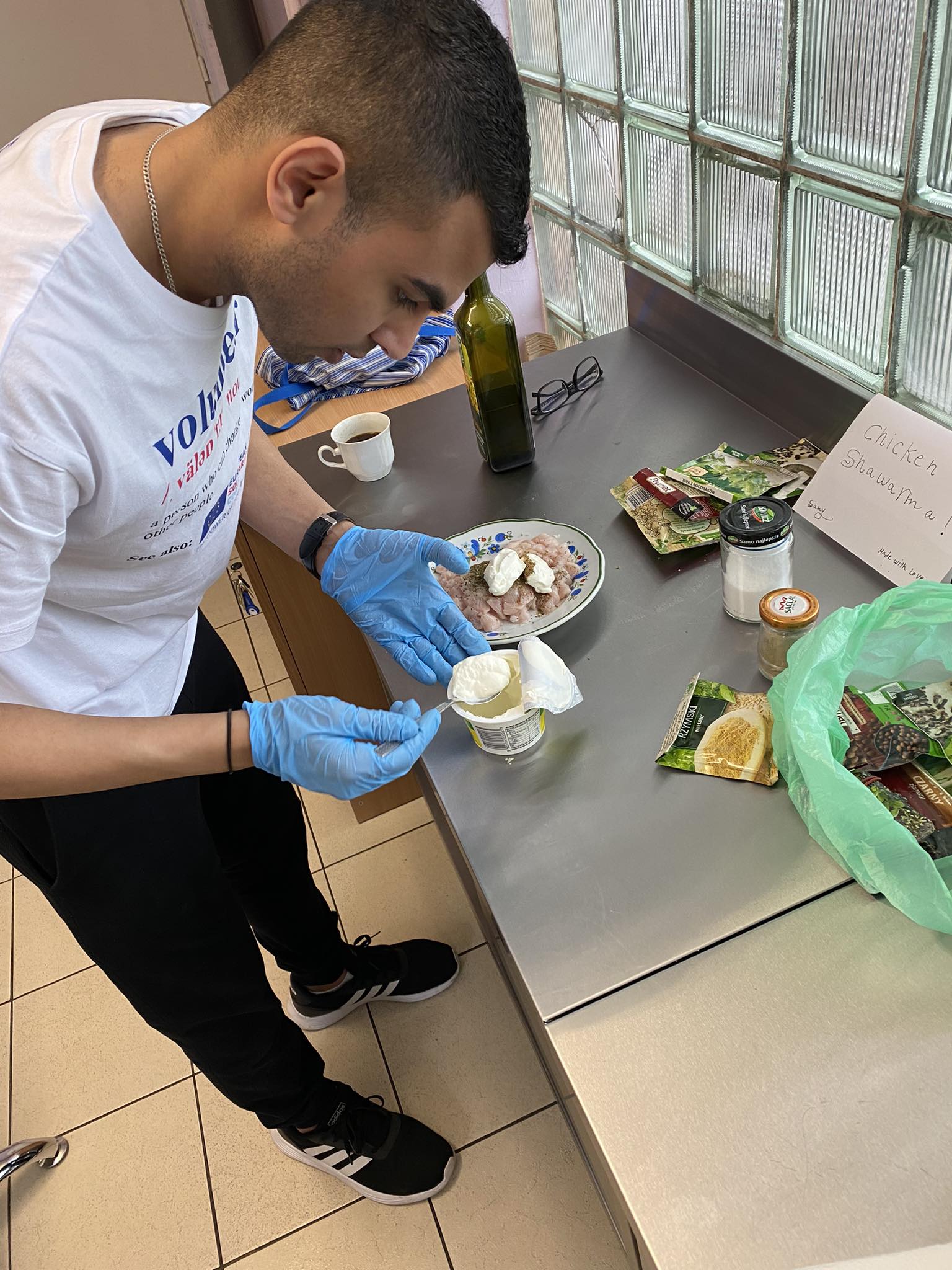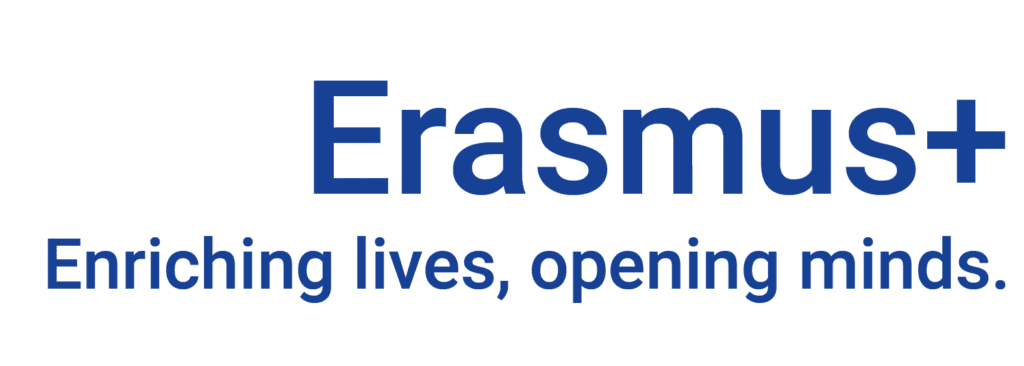Published by
SALTO South East Europe
Natural Building has ability to empower young people to take action and affect the climate change with their actions! GAIA from Kosovo and an emerging need to bring together the knowledge of permaculture, natural building and youth work.
In 2017, a couple of friends and activists from our organisation, GAIA, started a project in a small, remote village in the Eastern part of the country. This area of Kosovo is economically least developed, facing depopulation in particular due to migration of young people. At the same time it lives in its own diversity without strong ethnic divisions, unlike in some other parts of Kosovo.
The initial idea and the driver was about practising, learning, and spreading permaculture, and building an example that can inspire and encourage others to do it as well. Looking back, it seems that we were at all not aware of the potential, possibilities and challenges. We relied a lot on the help of friends, volunteers, creativity and improvisation and most of the things were new to us.

Many things were also unknown to us. But, we knew people and organisations that have been doing this for years, from France, Slovenia, Croatia, Germany, Serbia, North Macedonia and we knew how to organise volunteering projects. As the official branch of Service Civil International, we had years of experience in hosting long term volunteers, but also short term groups, youth exchanges, and so forth. There was an emerging need to bring together the knowledge of permaculture, natural building and youth work. And we did that through three Erasmus+ projects (capacity building in the field of youth) which involved organisations from Western Balkan and Programme countries.
Permaculture as a Path to Peace – 3PEAS


Yep, this was an adventure for us. We entered into a field about which we knew the basics, but we could feel that there is a whole other dimension behind its surface. Permaculture it was!
“Permaculture is a form of sustainable design science that focuses on creating robust ecosystems modelled after natural ones. Sometimes referred to as “ecological design,” this practice is geared towards building self-reliant, resilient human communities that enhance rather than deplete the environment.”
We wanted to test and explore the power and potential of permaculture in our Balkan context. We were eager to challenge ourselves and permaculture in the field of peace building, bringing people together and creating connections. Before that, we had to build our capacity, fill in the knowledge storage and start implementing in practice. Our new project site was just perfect for that. Together with ZMAG from Croatia we organised our first Permaculture Design Certificate (PDC) Course where different teams designed their projects by using tools and strategies from permaculture. GAIA team actually developed the whole permaculture design of the place during that training. The interesting thing is that the design made back then still makes sense and many aspects of it have been realised, thanks to the help of volunteers and friends. Our first long term volunteers came from Spain and France, and their engagement made a long term impact, because of their dedication, devotion and selfless help. Some of them, also stayed for longer than planned ☺
A glimpse of the experience can be seen through this short video
Besides the PDC course, which usually costs hundreds of euros and is not easily affordable for youth workers and youth from the Balkans, we organised a workshop on social permaculture and youth exchange in a divided city of Mitrovica in the north of Kosovo. It was beautiful to see youngsters from Bulgaria, Kosovo, Croatia, Serbia and Macedonia establishing an urban garden in the premises of the Down Syndrome Kosova organisation. The overall experience was empowering, enriching and encouraging for the whole team, so we decided to submit a follow up idea – 3PEAS 2.0.


3PEAS 2.0 was an upgraded and advanced capacity building project which included 17 partner organisations. We decided to go 2 steps ahead. The thinking flow was like this:
- Organise workshop on Social permaculture with new partners from Bosnia and Herzegovina, as a kick starter
- Organise Permaculture Design Certificate course for youth workers
- Organise Training Permaculture Teachers for youth workers from 3PEAS 1.0 and 2.0
- Offer a possibility for organising local workshops for introduction to permaculture so that youth workers can put into practice everything they learnt on PDC and TPT
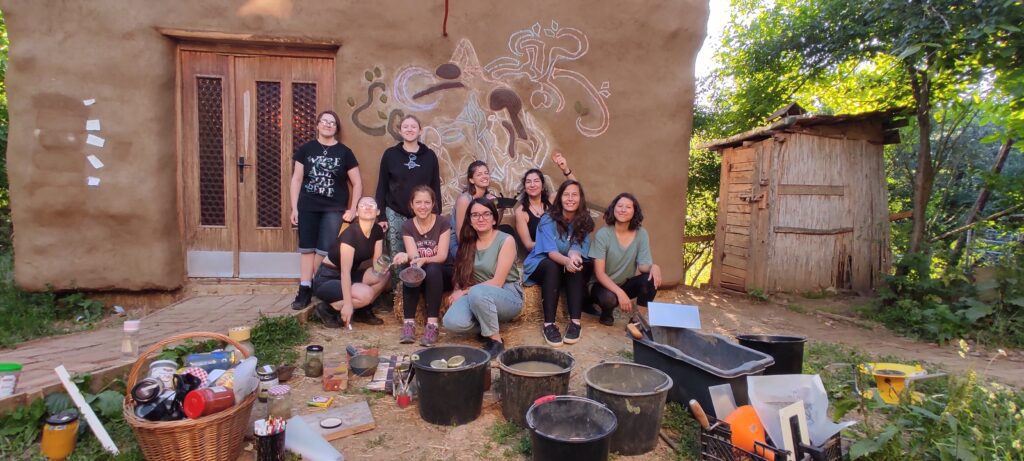



But, the pandemic was faster than us. We managed to slow down, adjust some of the activities and transfer them online, but we also succeeded in following the flow. This way was confirmed as an empowering way of training, which provides opportunities for putting skills into action. And we managed to produce beautiful cards about permaculture ethics and principles and a handbook that goes with it.
Several permaculture designs were created during our PDC courses, including ambitious ideas for an educational centre for children and youth, food forests, aromatic gardens… Participants learnt about and learnt how to teach:
“Before I attended the course, I had heard a lot about permaculture and even worked in several gardens that claimed to be based on permaculture principles, but I still didn’t know exactly what permaculture was. The PDC showed me that permaculture is a lot more than a set of gardening guidelines or ideas; instead, it’s a system that we can apply to every area of our lives.”
Clair from Bulgaria
Evaluation meeting confirmed that there is a need for regional cooperation in this field, that the interest for learning and implementing permaculture, in particular for practical application of knowledge, is huge among young people, but also youth workers and adults. These kinds of international projects provide great opportunities for development of youth work, exchange, connections, friendships, education and contribution to dealing with environmental and societal challenges.
We are all Made out of Mud
In the middle of 3PEAS 2.0 we realised that natural building is an unexplored area and that, so far, we managed to bring many people together through our workshops and activities on rebuilding the place with natural materials. We also realised that some of our international partners are also working and experimenting in this field and that there are no training courses, no available tools nor guidelines for those who want to do or use natural building with youth. The idea was born!
Together with partners from Slovenia, Croatia, France, Turkey, Bosnia and Herzegovina, Serbia, Montenegro and Albania, a proposal for a project that combines natural building and youth work, as a practical answer for addressing climate change and a tool for inclusion, was submitted. Soon after the world was struck by a pandemic and a couple of months later, our project proposal got approved.
The pandemic has jeopardised all of our plans, but we still managed to do everything that was planned. During the preparation meeting in Slovenia, we went into the challenges and limits of combining natural building with youth work. Solid foundations for two training courses for youth workers in natural building and quality standards were set up, so we could jump into the activities.
We learn a lot about ourselves, from each other as well as about our organisations and dived deeper into the topic of natural building and its potentials. Fruitful and long lasting partnerships, friendships were established. Many prejudices based on culture, ethnicities and genders were busted and many hidden potentials unlocked. We opened the door of countless opportunities for engaging young people in natural building, but also using it as an empowerment tool for inclusion, equity and environmental education.
One of the outcomes of the project is a will, need and desire to continue collaborating in further development and explorations of the synergy between youth work and natural building.
“I believe a strong network of people was created through this project, and that is what will help with facing the challenges. Having connections that can support each other.”
Helena from Kosovo
Finally, here is another film which presents people that live and work with earth, and use that connection and experience to work with other people, including youngsters.
The story of collaboration through working with earth and nature continues.




